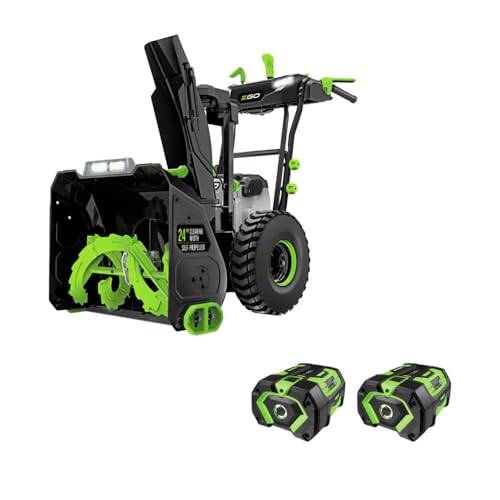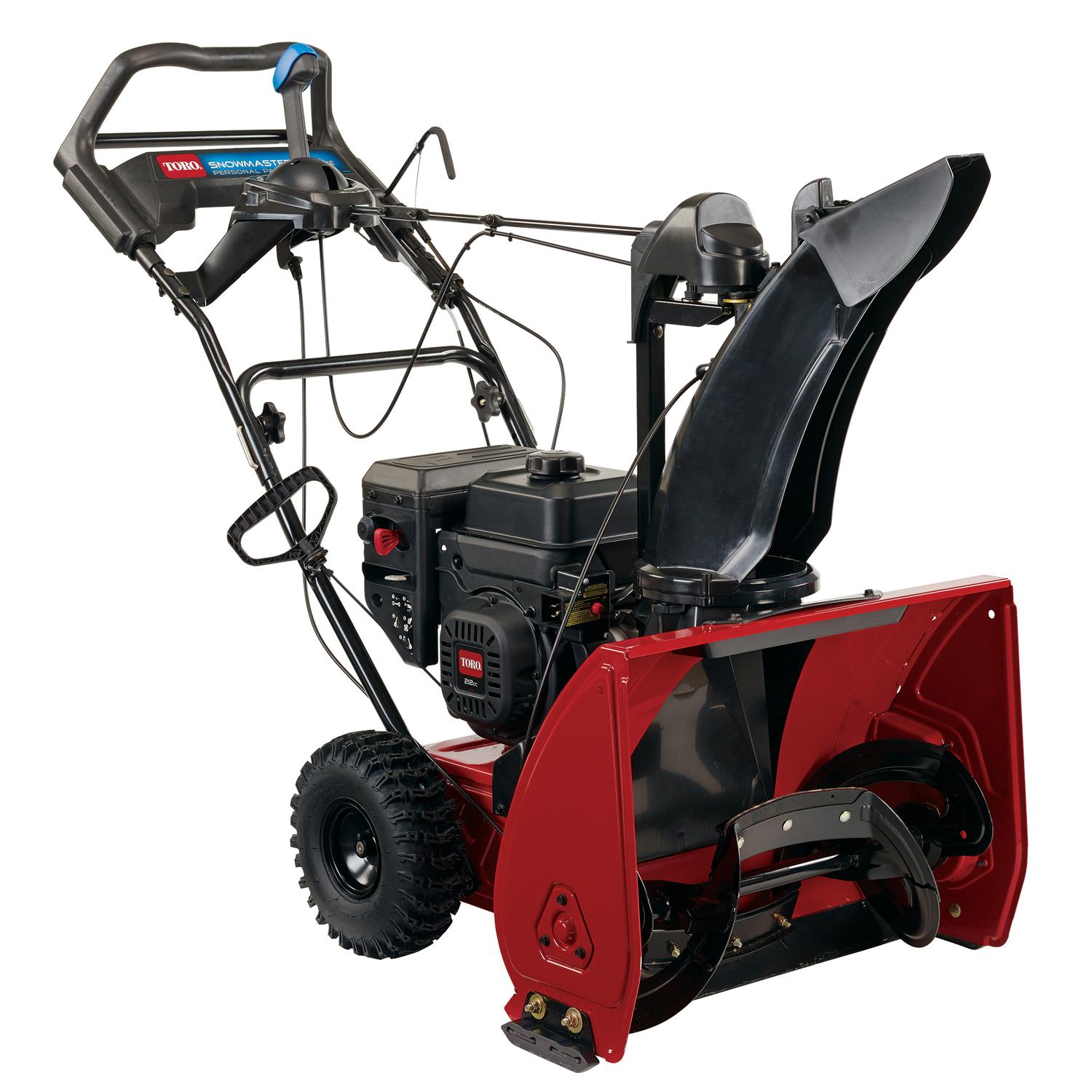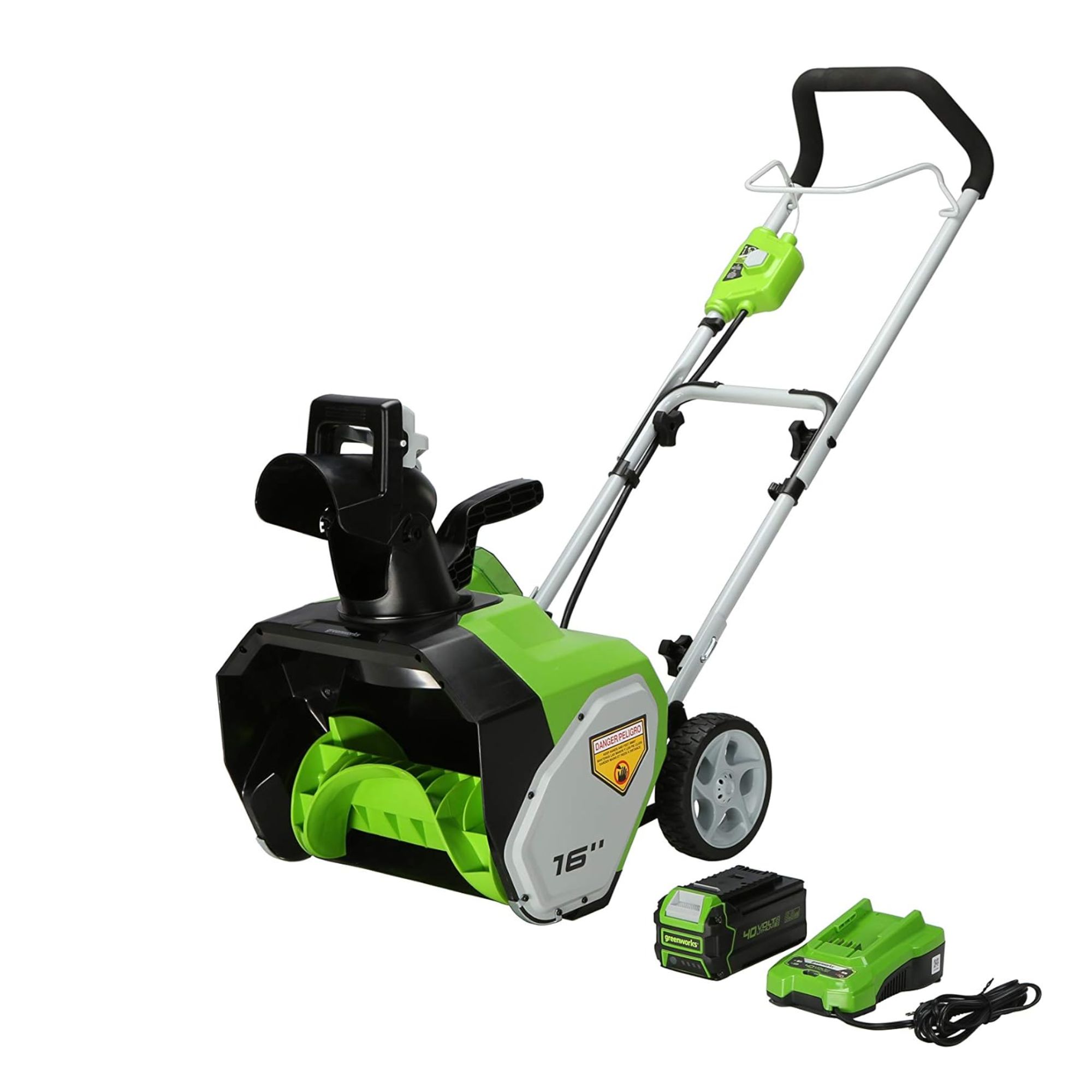Unusual uses for a snow blower when there's no snow on the ground – and 2 things you should never do
These bonus ideas make a wintry snow blower useful for longer

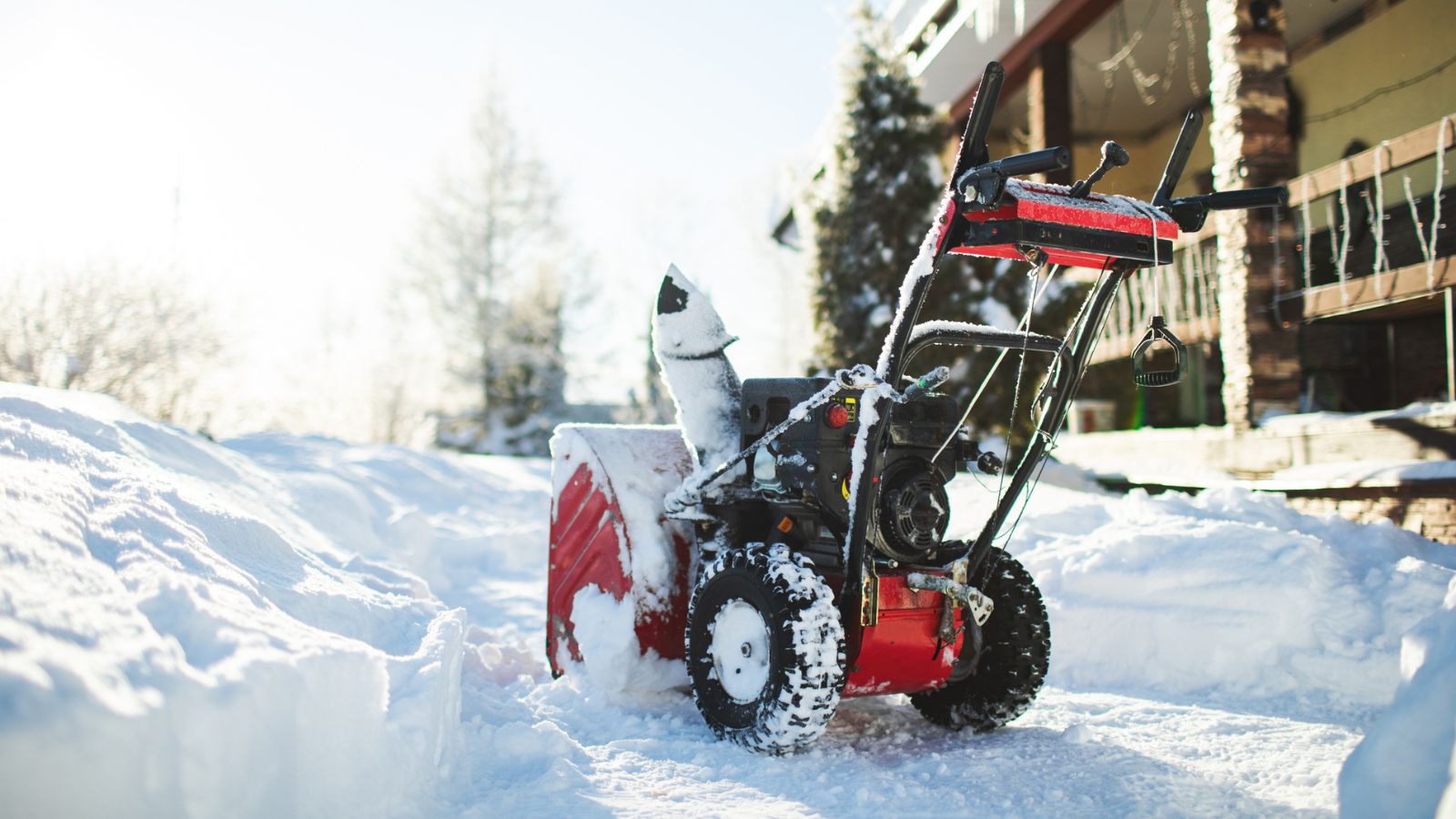
Snow blowers can be invaluable for moving snow off driveways, paths, and decks. If you don't, it makes icy surfaces hazardous for people and cars. But snow blowers only excel at one task. Much of the country has yet to see snow this year, and even when they do, there's usually only a couple of months of serious snow.
That means your snow blower is pointless for most of the year. You can, however, repurpose a snow blower for a couple of tasks. These unusual snow blower uses can help you get more use and therefore value out of your snow blower, turning a single-task tool into something much more useful.
However, there are also two things you should never attempt with a snow blower. Here we delve into some lesser-known uses, and which uses to avoid.
1. Clearing dry leaves
One of the best ways to use a snowblower when there's no snow is for moving leaves. Dry leaves can be picked up by snow blower blades and ejected out of the chute, so you can clear leaves from a driveway or lawn directly into a flowerbed so your plants get the benefits of the nutrients from decaying leaves. You can also use the blower to propel the leaves into a truck bed or garden waste bag. It's much faster than using a leaf blower or rake, saving time.
The method is simple - just roll the snow blower over the leaves as you would with snow. This will pick up leaves from your lawn or driveway, saving you a lot of effort. You can blow them straight into the bed of a truck or over flowerbeds.
But no method is perfect, and the downside is that you can't do this if the leaves are wet, as they can clog up your machine and break it. On top of that, this shouldn't be an everyday use. Snow blowers don't have air filters because there's little dust in wintertime. If you overdo it with the leaves, your engine can clog up. However, if you have a corded or cordless snow blower that doesn't run on gas, this is less of an issue.
2. Moving standing water
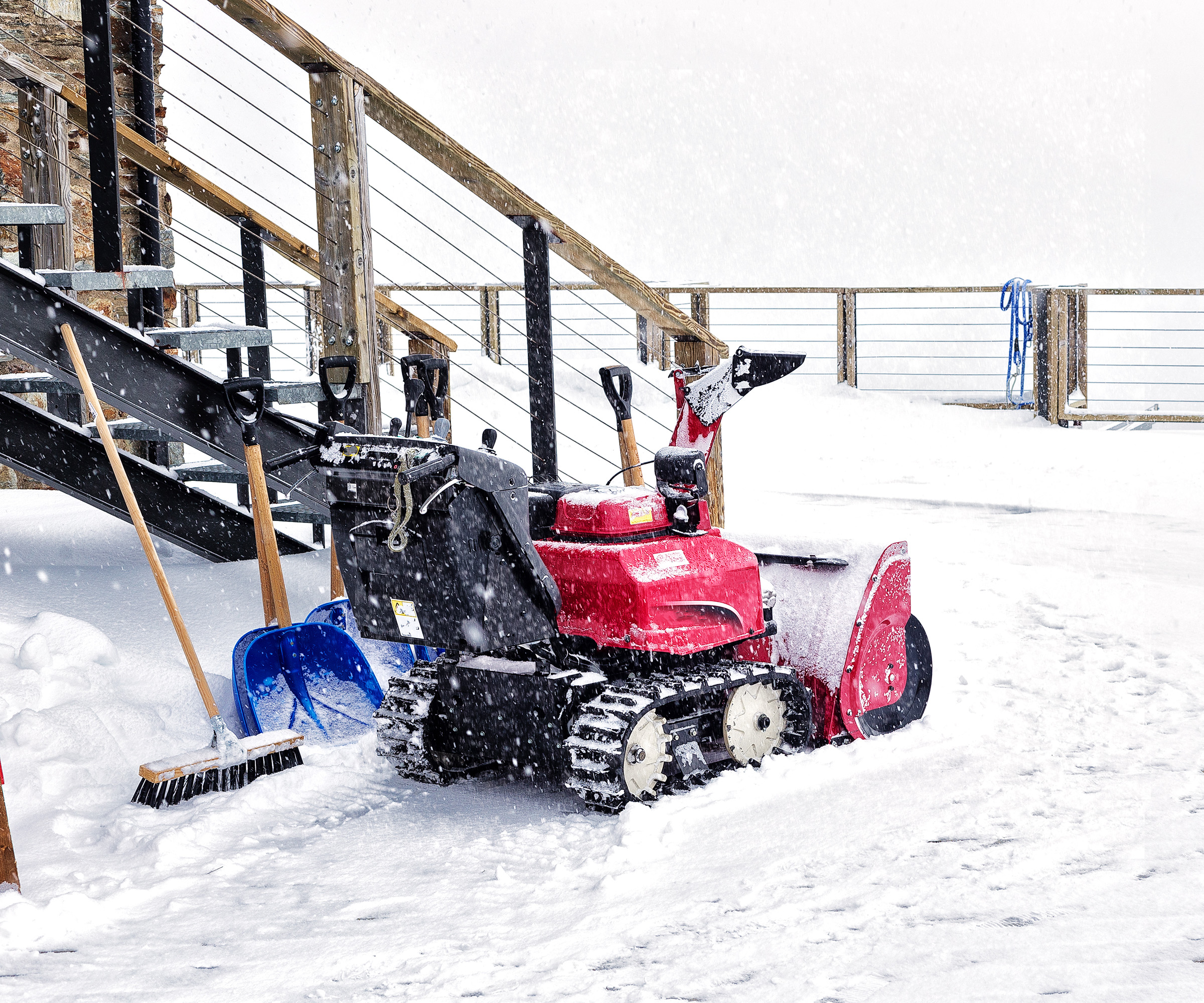
You can also use snow blowers to move standing water. If you have runoff in part of your yard to move, or water pooling on a driveway, you can sometimes use a snowblower like a pump.
Design expertise in your inbox – from inspiring decorating ideas and beautiful celebrity homes to practical gardening advice and shopping round-ups.
Snow blowers are designed to handle wet material, so the parts won't be affected by water. While snow blowers can't move wet, slushy snow, this is more to do with weight than with the material being wet.
Snowblowers were effective at moving floodwater in Canada in 2019, and a similar principle can be used in your yard. However, while snowblowers can move standing water, a pump like this at Walmart is a much more reliable solution.
3. Don't mulch with a snowblower
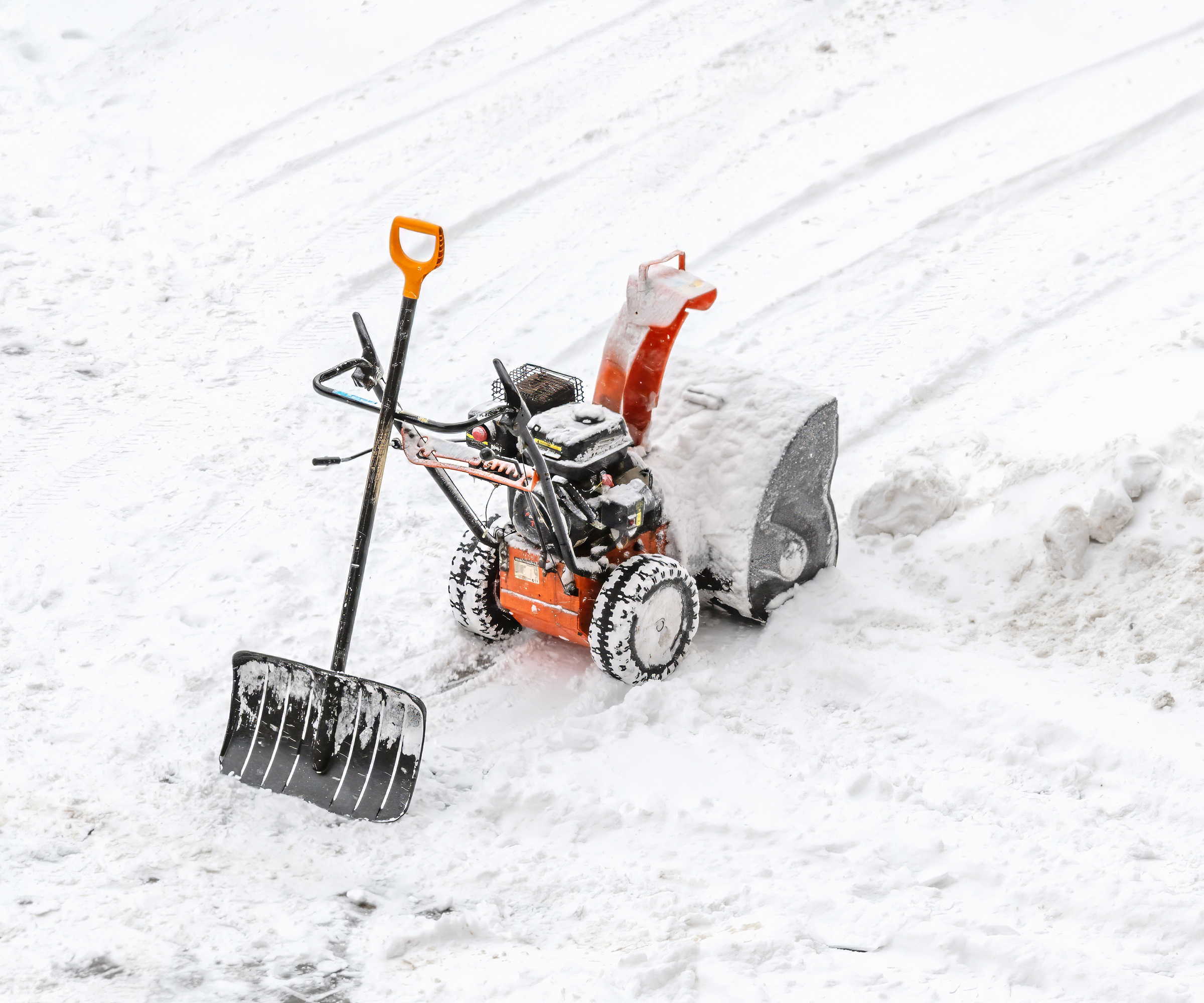
Because you can use a snow blower to shred leaves, some people think that by the same token, you can use a snow blower to shred mulch. It stands to reason that if you run it over fine leaf litter and other organic material like old grass clippings, the blade of the snow blower could turn it into mulch to reuse on your plants. You could also use the snow blower to move the mulch.
However, mulch is almost always much heavier than dry leaves because it tends to have a higher water content and contains heavier material. If you've made a lot of mulch, or are trying to spread store-bought mulch, the weight of the mulch can break the machine outright.
Mulch is also much grittier than dry leaves, and if it finds its way into the bearings of the auger of your snow blower it can stop them from turning correctly.
4. Don't mix compost
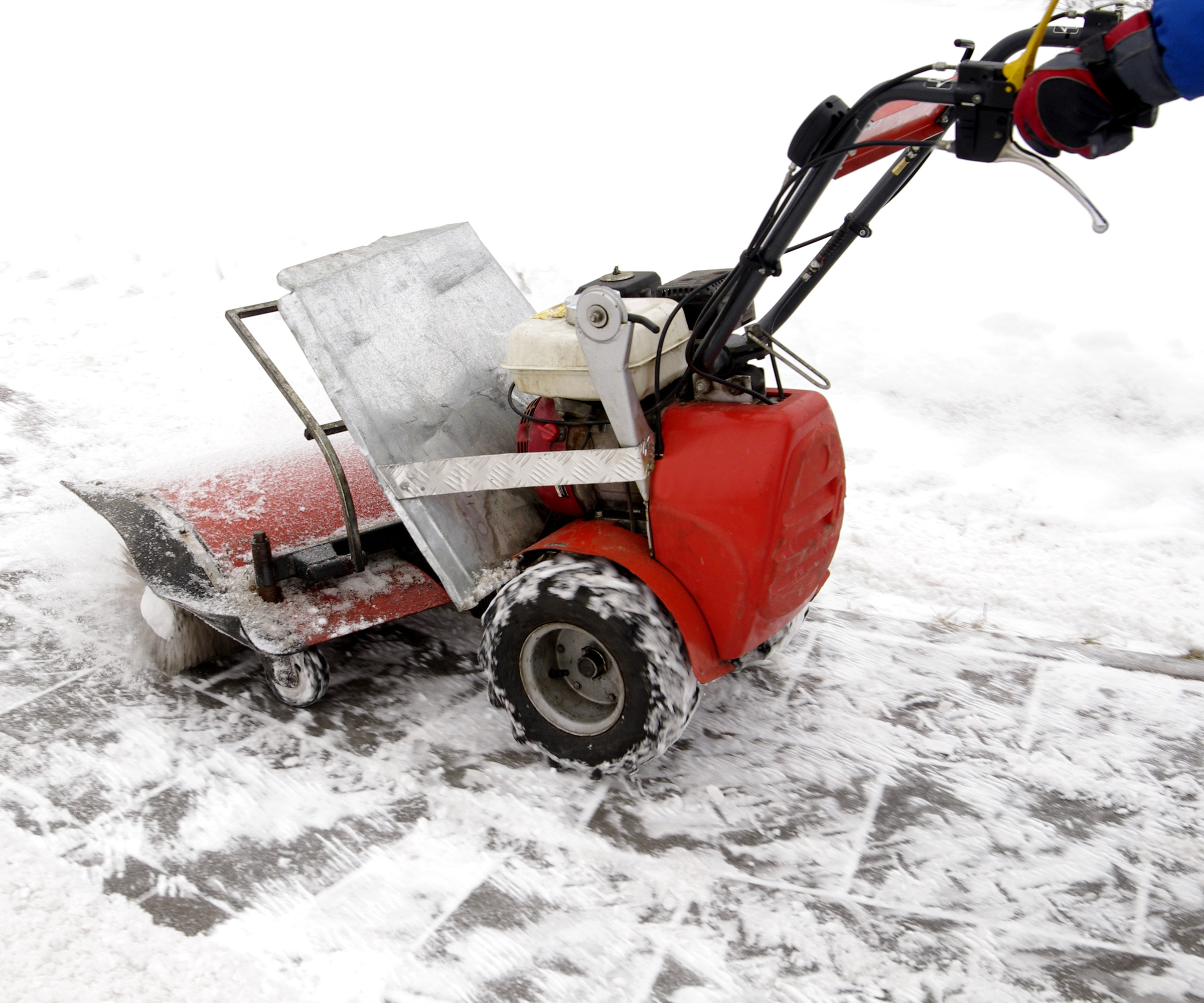
A common problem with compost is that it stratifies into layers of whatever you've just dumped into your compost bins. Hedge trimmings sit underneath grass clippings which sit under leaves and egg shells. Head of Gardens at H&G, Rachel Bull, says 'If you can't get into the bin to turn the compost, none of the waste products interact and break down, making for poor compost.'
So it seems like a no-brainer that if a snow blower can move leaves, it can churn up compost. However, just like mulch, compost is much heavier than dry leaves. It's also made of all sorts of small, gritty materials that can gum up the augers and impellers in a snow blower, breaking it outright.

Rachel is a gardening editor, flower grower and floral designer. Her journalism career began on Country Living magazine, sparking a love of container gardening and wild planting. After more than a decade writing for and editing a range of consumer, business and special interest titles, Rachel became editor of floral art magazine The Flower Arranger. She then trained and worked as a floral designer and stylist in London for six years, before joining the Homes & Gardens team.
Snow blowers aren't the only tool with unusual uses. There are a host of unusual uses for a lawn mower and unusual uses for a hedge trimmer that make these tools much more usual in the winter lawncare downtime.

As a gardens and lifestyle contributor, Alex makes sure readers find the right information to help them make the best purchase. Alex got his start in reviewing at the iconic Good Housekeeping Institute, testing a wide range of household products and appliances. He then moved to BBC Gardeners’ World Magazine, assessing gardening tools, machinery, and wildlife products.
